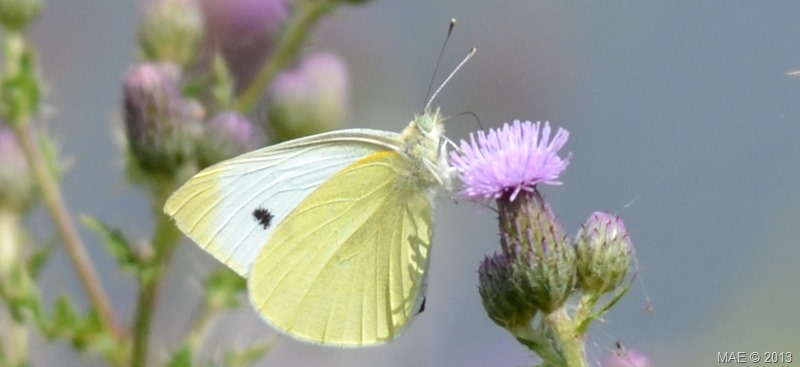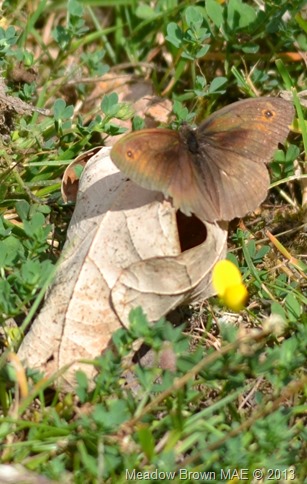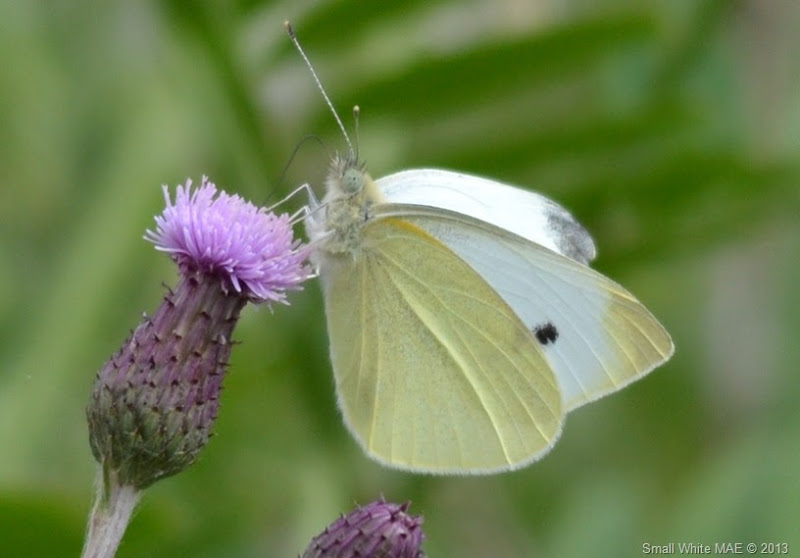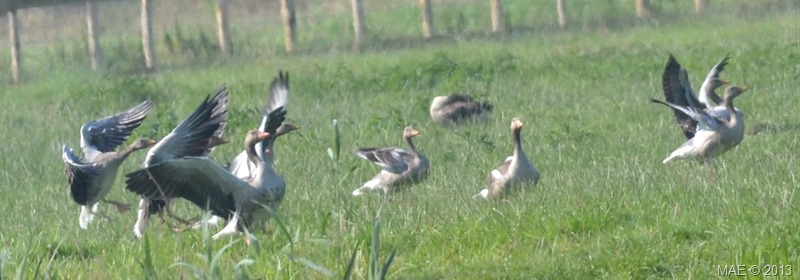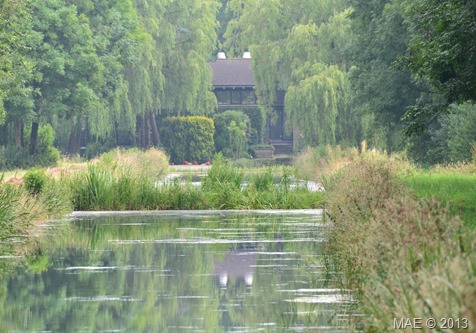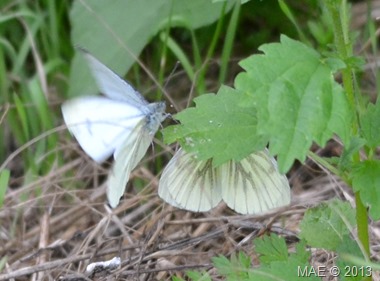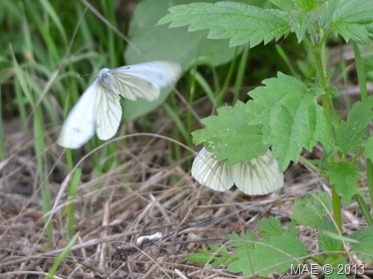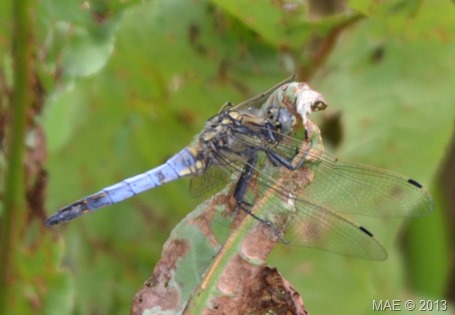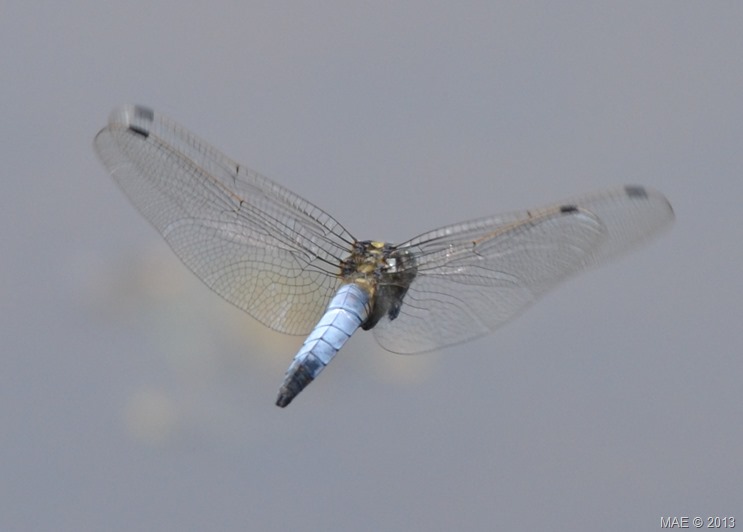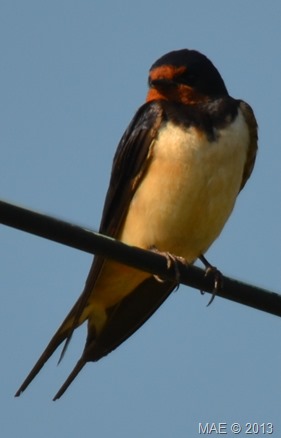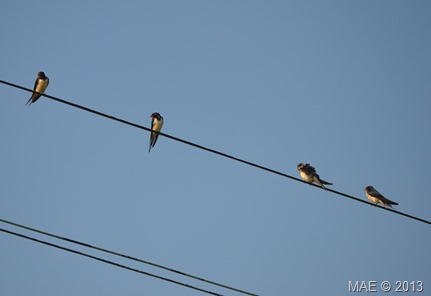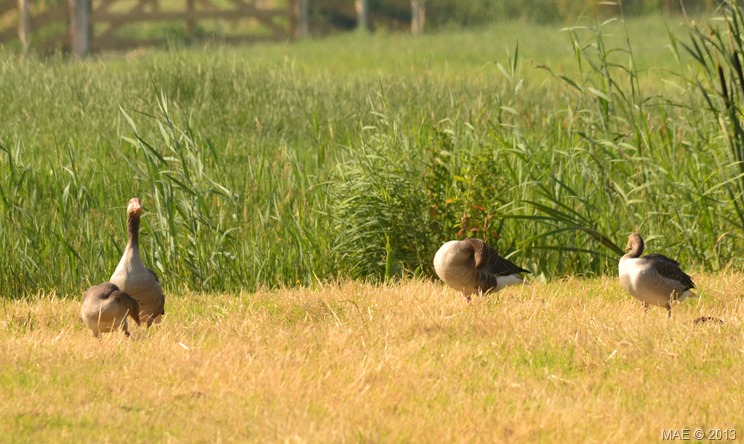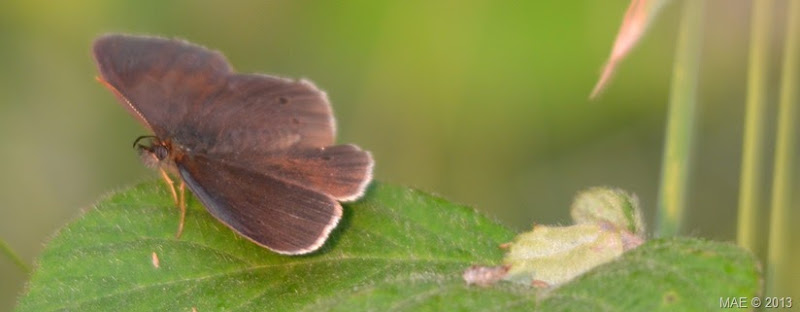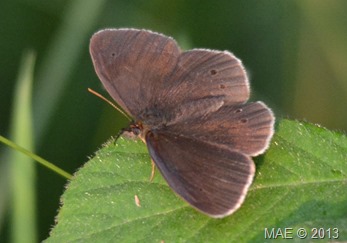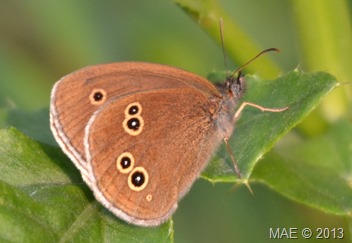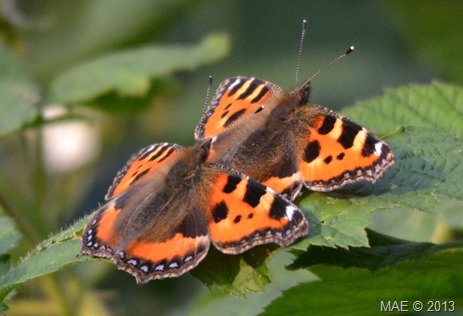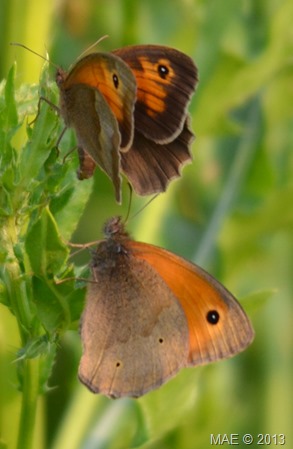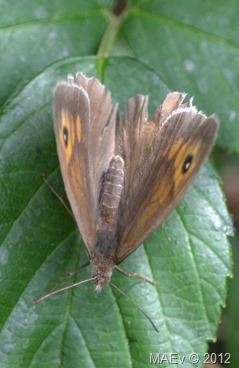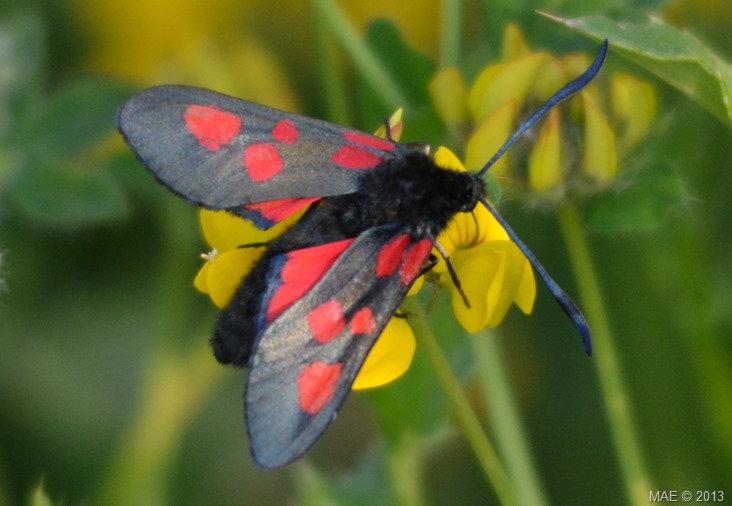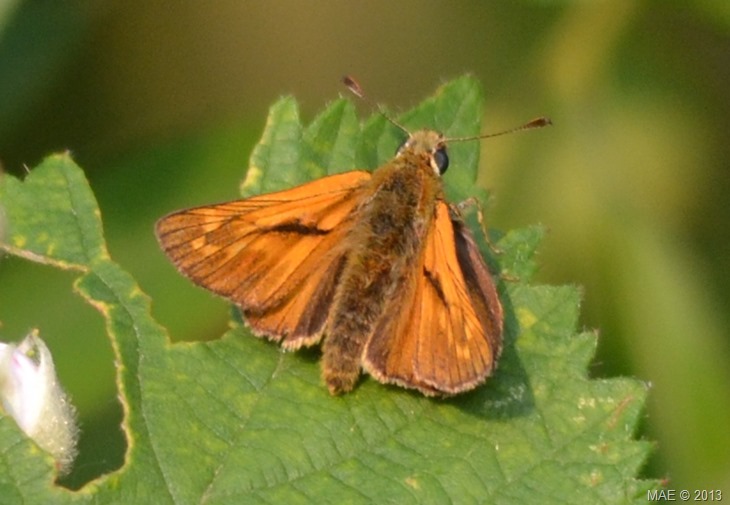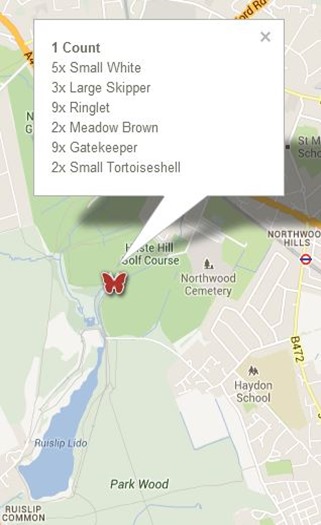 Today I took part in the “Big Butterfly Count” that has been set up by the Butterfly Conservation. This activity asks for volunteers who are prepared to spend 15 minutes of their time to count the number of various butterflies in that period.
Today I took part in the “Big Butterfly Count” that has been set up by the Butterfly Conservation. This activity asks for volunteers who are prepared to spend 15 minutes of their time to count the number of various butterflies in that period.
A very useful chart can be downloaded to help you identify and record the numbers you see in that quarter of an hour. After sending your results via the internet, your sightings are automatically plotted on a map.
The purpose of this count is best described in the words of the Butterfly Conservation themselves:
Butterflies react very quickly to change in their environment which makes them excellent biodiversity indicators. Butterfly declines are an early warning for other wildlife losses. That’s why counting butterflies can be described as taking the pulse of nature.
The count will also assist us in identifying trends in species that will help us plan how to protect butterflies from extinction, as well as understand the effect of climate change on wildlife.
The big butterfly count is a nationwide survey aimed at helping us assess the health of our environment. It was launched in 2010 and has rapidly become the world's biggest survey of butterflies. Almost 27,000 people took part in 2012, counting 223,000 individual butterflies and day-flying moths across the UK
The snapshot on the left shows one of my two recordings of today. If you click on the map the results page of the count will open.
I was pleasantly surprised about the amount of Ringlets (Aphantopus Hyperantus) I saw in my count. Although I may not have paid much attention to them in the past, I don't think there were so many when I visited this little butterfly heaven near Ruislip Lido.
But I also saw two Meadow Browns (Maniola Jurtina) before the 15 minutes were gone. Which is typical because I see them not as often as I would like.
In order to make sure I had evidence of the count, I also took some pictures of what I saw. Therefore, I can share pictures of a Large Skipper (Ochlodes Venatus), a Gatekeeper (Pyronia Tythonus) of which there were plenty and another picture of the Small White (Pieris Rapae) from the top.
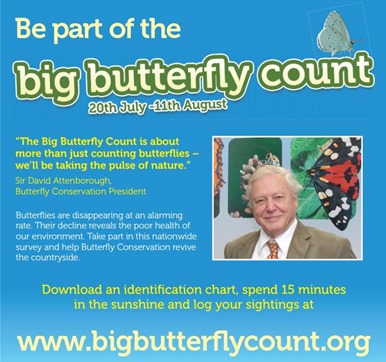 The Big Butterfly Count will last until the 11th of August and I am sure I will put in some more results.
The Big Butterfly Count will last until the 11th of August and I am sure I will put in some more results.
It is a fun activity that can be done together as well. Just get out and enjoy the beauty of the butterfly!
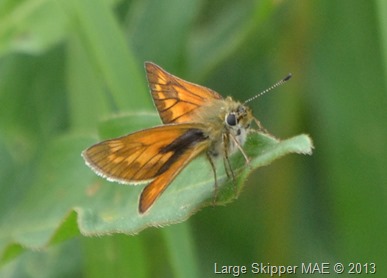 | 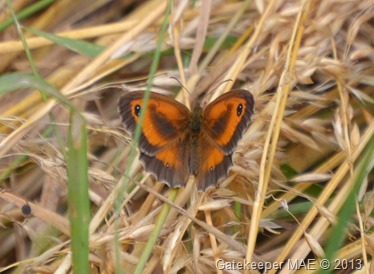 |
